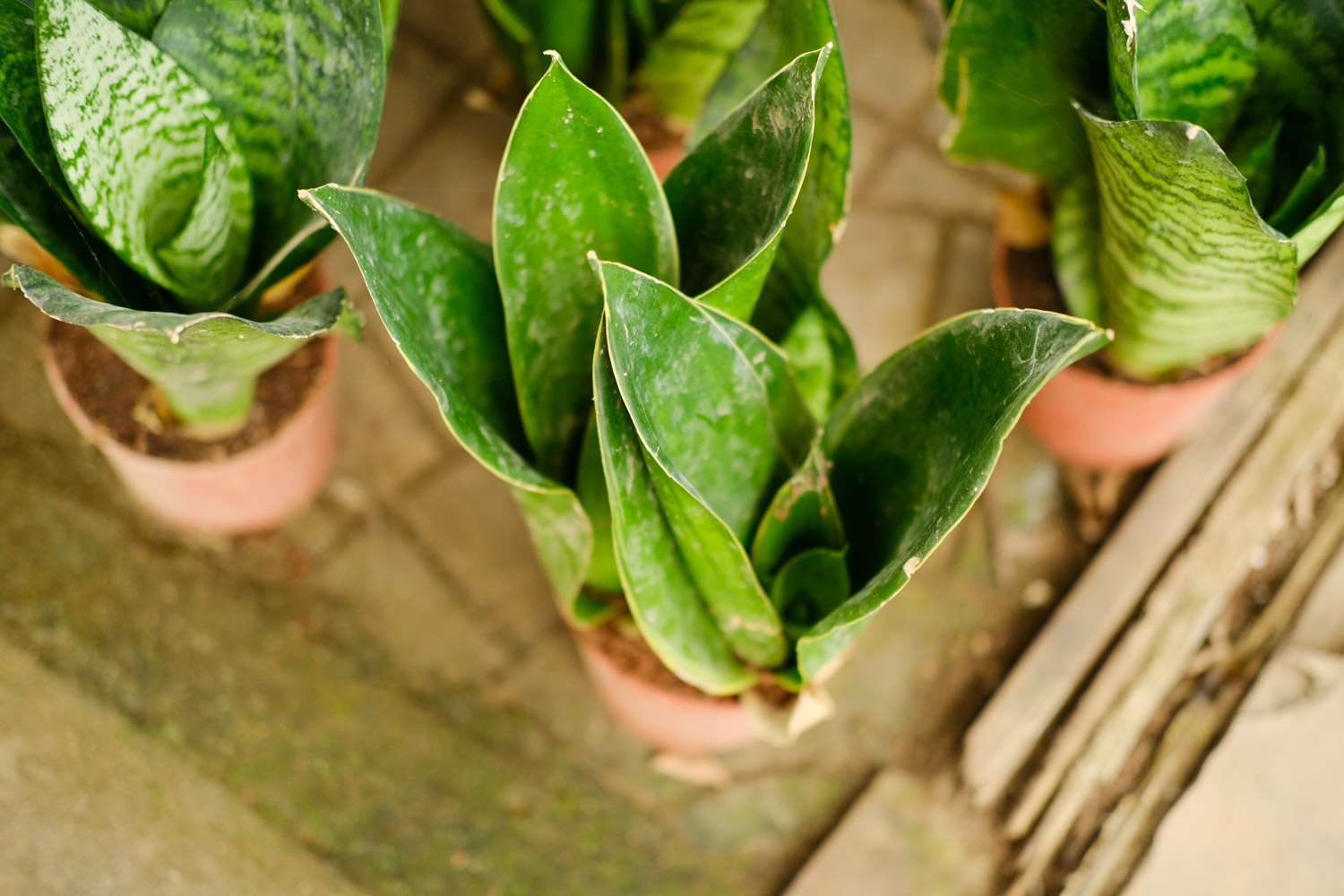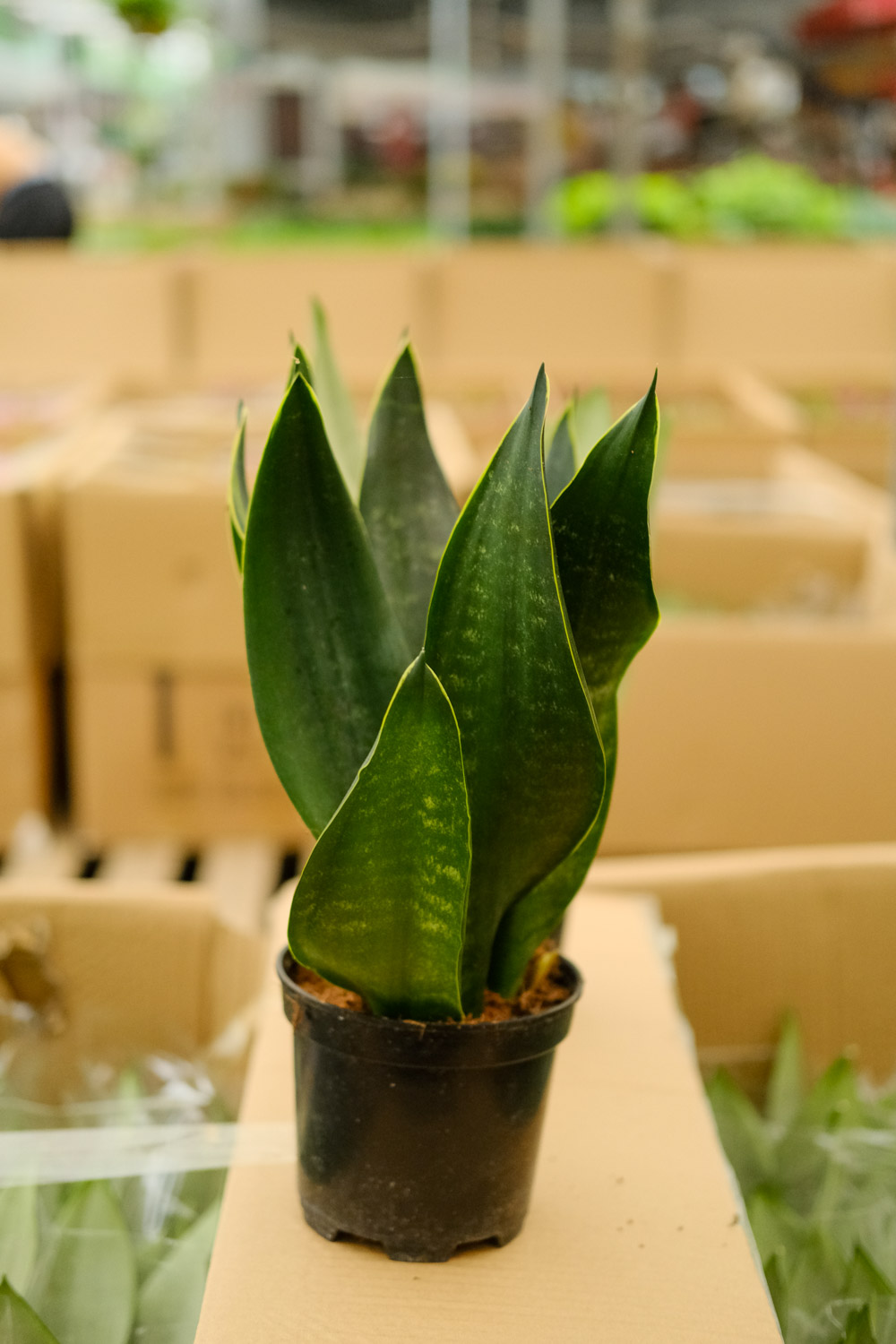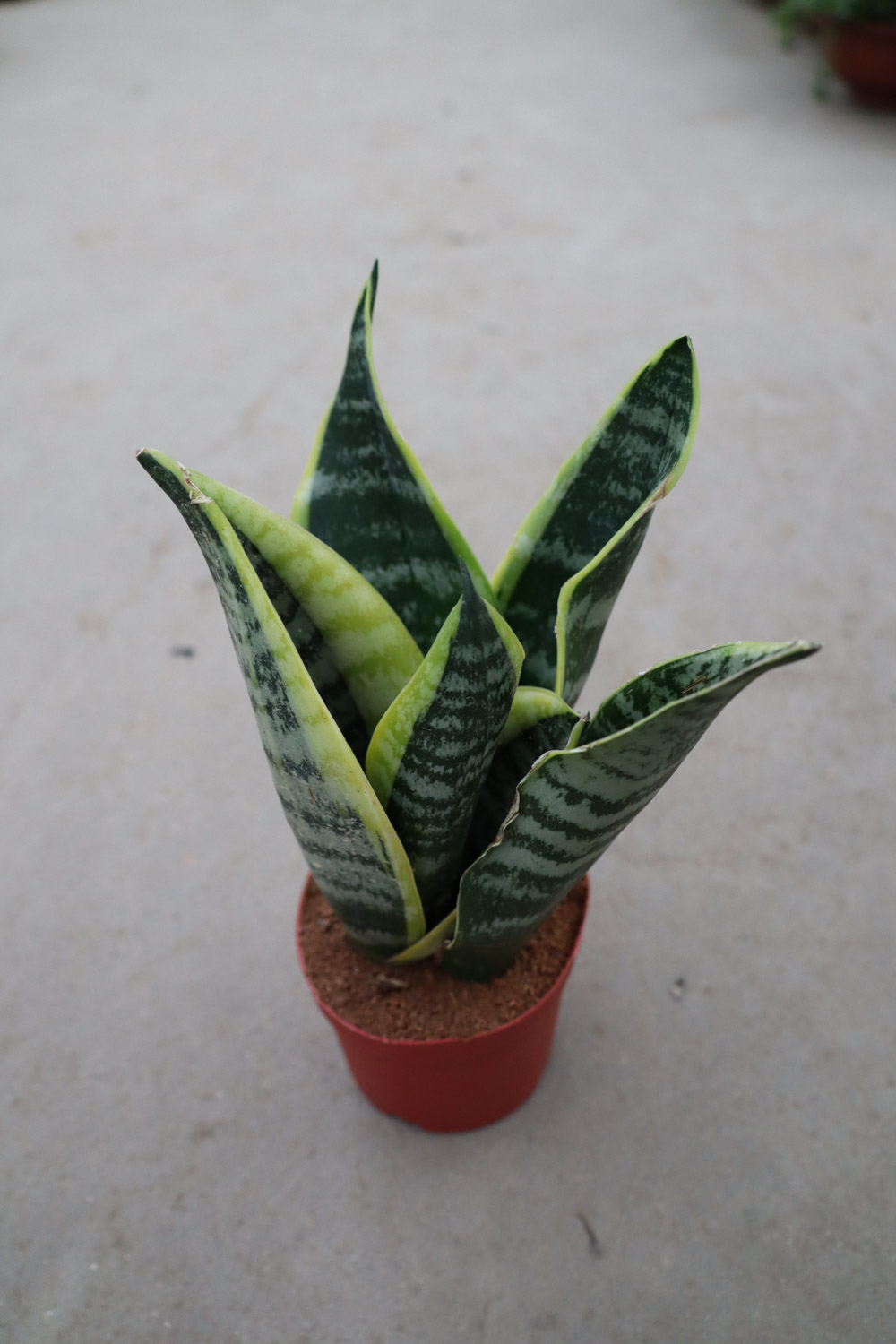1、 Soil
The root system of hupilan is fleshy. It is afraid of ponding and needs sandy loam with good drainage. As for the low requirements for fertility level, garden soil, rotten leaf soil or peat and river sand can be mixed and prepared in the ratio of 1:1
2、 Illumination
If you want to make the leaves of hupilan grow strong, you need sufficient light. It requires direct sunlight and can withstand semi shade. Growing in a semi shade environment for a long time will make the leaves thin and weak. Try to put it in a sunny environment

3、 Moisture
Hupilan requires sufficient water, but it cannot accumulate water, so watering can ensure that the basin soil is slightly wet without ponding. Watering frequency can be slightly more during growth period, and watering amount should be controlled during dormancy period, so that it is better to be dry than wet
4、 Change Basin
Tiger skin orchid has no strict requirements on fertilizer and is more resistant to barren, but sufficient fertilizer can make it grow strong and beautiful. Indoor maintenance can replace the basin soil once every two years, which can basically meet its basic needs

5、 Precautions
1. Too dark light environment is unfavorable to its growth, but direct sunlight in summer will also have a certain impact. For example, leaf burns, especially when the light is strong in summer, do not spray water on the leaves, otherwise it will form leaf prickles on the leaves
2. Generally speaking, the environment of 6 to 10 degrees is the appropriate temperature for overwintering, and the low temperature below 5 degrees will cause freezing injury
3. During the maintenance, the aged leaves can be trimmed regularly to promote the germination of new leaves at the bottom, so that the leaves can remain strong, and the trimmed leaves can be cut to reproduce new plants

4. Scale insects will occur when the ventilation is poor, and slugs will be harmful in too humid environment. When there are few pests, it can be brushed off with waste toothbrushes or caught away with tweezers
5. Hupilan will bloom in a certain environment, but it is not beautiful. Therefore, it is suggested to cut off the flower buds in time once they occur, so as to concentrate the nutrients on the leaves for growth, which will be more beneficial to its maintenance


 jackfruit
jackfruit snake plant
snake plant hibiscus
hibiscus hydrangea
hydrangea lavender
lavender Green roses climb al...
Green roses climb al... If you don't pay att...
If you don't pay att... Management of four g...
Management of four g...
































